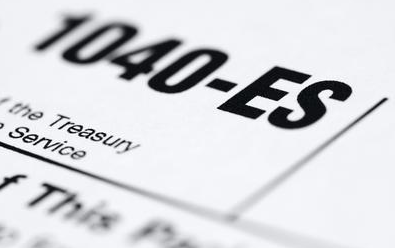Income Tax
Now’s the Time to Tune-Up Estimated Taxes
It’s important to have your tax situation assessed and updated periodically, especially if you’re self employed or retired and paying quarterly estimated tax installments. Otherwise, you could be liable for penalties.
May. 03, 2016

If you want to keep your car running smoothly, you have it tuned up on a regular basis. The same principle applies to your estimated tax liability. It’s important to have your tax situation assessed and updated periodically, especially if you’re self employed or retired and paying quarterly estimated tax installments. Otherwise, you could be liable for penalties.
The next quarterly due date for the 2016 tax year is June 15. That’s only two months after the deadline of April 18, which may take some clients by surprise. Bring them into your office for an “estimated tax tune-up.”
Start with the basic premise that taxpayers are generally required to pay annual income tax in quarterly installments or through payroll tax withholding, or a combination of the two. The quarterly due dates for the estimated tax payments – which are set in stone — are April 15, June 15, September 15 and January 15 of the following year (or the following business day if the due date falls on a weekend or holiday).
If you don’t pay enough estimated tax during the year and the IRS computers catch up with you, you’ll be assed an underpayment penalty, plus interest. However, dire tax consequences can be avoided by using any one of these three safe harbor methods.
- Pay at least 90% of the current year’s tax liability. Essentially, you’ll have to make a “guesstimate” of your current tax situation.
- Pay at least 100% of the prior year’s tax liability or 110% if your adjusted gross income (AGI) for the prior year exceeded $150,000. This is usually the easiest method to use because you know the exact amount of last year’s tax liability.
- Pay at least 90% of the current year’s “annualized income.” This method works well for certain individuals, such as independent contractors, who receive the bulk of their income on a seasonal basis.
There are several ways that taxpayers can make their quarterly estimated tax payments to the IRS. For instance, you can:
- Credit an overpayment from the prior year’s return to this year’s estimated tax liability.
- Mail in the payment with a voucher, Form 1040-ES.
- Pay by phone or online. (Refer to the Form 1040-ES instructions.)
- Pay via electronic funds withdrawal from the prior year’s e-filed return.
The IRS also helps taxpayers to figure out their estimated tax liability by including a worksheet in the Form 0140-ES instructions. But things can get a little tricky, so clients may need your guidance.
Why is the second installment of estimated taxes due so soon after the first installment? The IRS hasn’t offered any definitive explanation for this anomaly. At least there’s a saving grace: The fourth installment for 2016 isn’t due until January 17, 2016, a full four months after the third quarterly installment die date of September 15. That can give clients a little extra time to meet their tax obligations.
While you’re “looking under the hood,” take the time to analyze other factors affecting your client’s tax situation. This timely tax tune-up could lead to other tax-saving opportunities or ways to avoid tax pitfalls.
